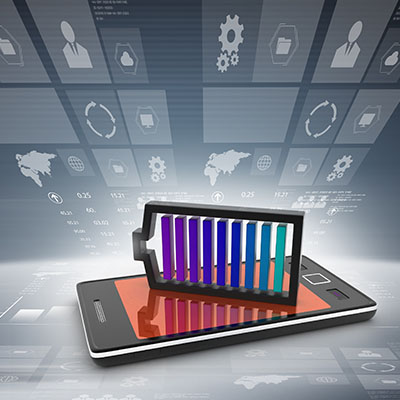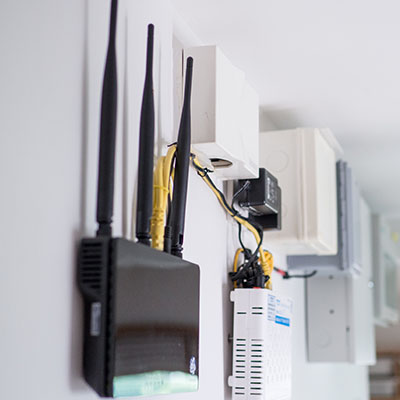It’s natural for your mobile device’s battery to drain over time, especially as it gets a bit on the older side, but there are also applications that are notorious for causing faster battery drainage than you might prefer. Today, we’re going to help you identify the problem apps on your devices and provide opportunities to address them.
If you recently set up a new Internet service account with your provider, they may have hooked you up with a two-in-one modem and router device. Is this modem/router combo the appropriate device for your business, though? The answer is no, for many reasons.
Lately, we’ve spent some time examining the phenomenon known as procrastination and where it comes from. To close the book on the subject, we wanted to go over how you and your team might be able to procrastinate less moving forward so that your business might get more done.
The modern business creates and deals with a lot of data, and has for some time. For most of that time, this data has just been ignored, but recent developments in analytics and business intelligence has made this data extremely valuable. In order for your analysts to make accurate determinations they’ll need access to a wide variety of data from a myriad of sources. This is where data warehousing comes in.
Wouldn’t it be great if your business didn’t have to worry about technology problems? Well, with the right amount of attention and care invested, your business can minimize technology issues and optimize your infrastructure for proactive technology management rather than reactive. Let’s go over some of the most important practices.
For the past few weeks, we have been looking at the idea of procrastination and how it manifests in individuals to directly impact your business. Today, we want to take a closer look at how you can put a halt to procrastination in the short term, as well as how you can further these tactics to create real change over time. We’ll begin with the short-term solutions.
The word “bandwidth” is thrown around a lot in business technology, but what does it really mean? Today, we wanted to cover some of the frequently asked questions business owners have about network bandwidth and what it specifically means for business technology infrastructures and data management as a whole.
The growth that digital storage has seen over the past several decades is immense. In that time most data has been stored on hard disk drives (HDD). Now with solid-state drives (SSD) being more affordable than ever, it’s no surprise that most computers are preferring this faster and less fragile model. Today, we wanted to highlight that fragility and try to expose some variables that help you tell if your HDD is about to fail.
We started a series on procrastination last week and how you might address it within yourself and your business. Last time, we covered topics like how procrastination shows up in everyday work, so now we are continuing the conversation by helping you identify how you can address it.
If you are trying to add new tools to your infrastructure, you might quickly find that technology can be a serious challenge for your budget… that is, unless you make some smart investments and decisions about how you implement it. We can help you make the best technology decisions for your business. In fact, here are three strategies you can try to optimize your technology spending.










